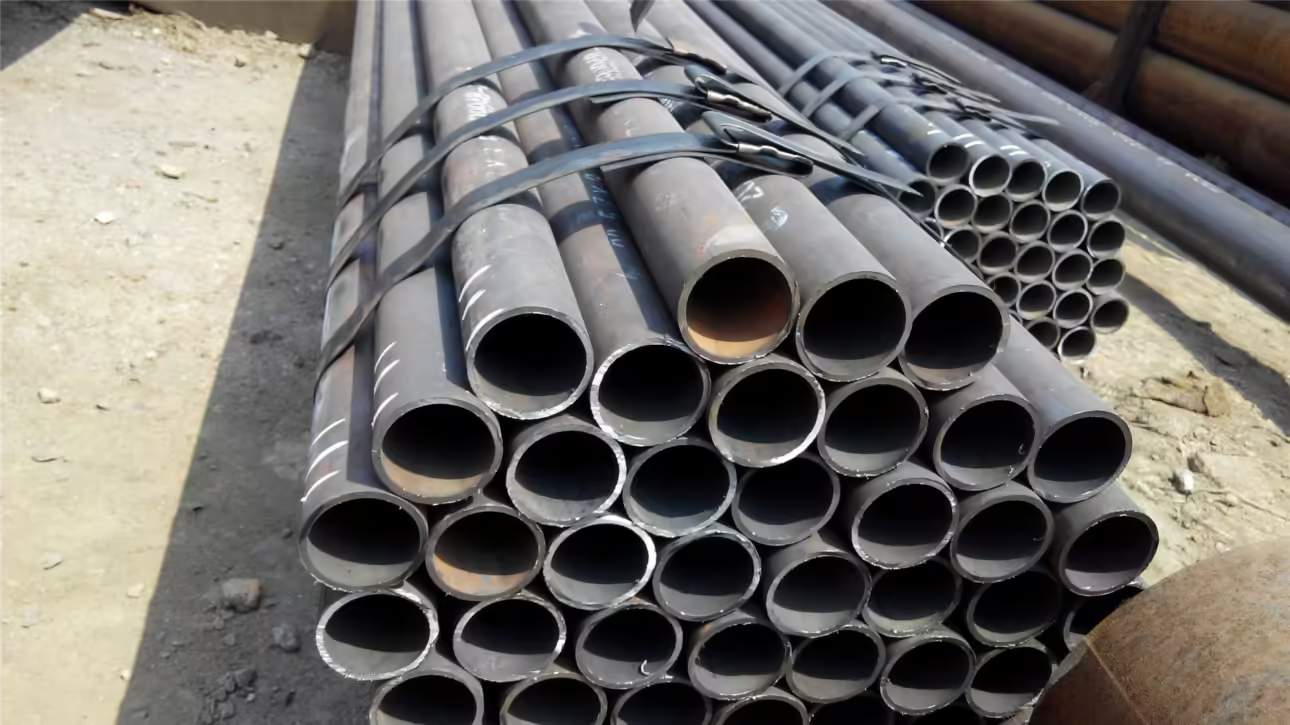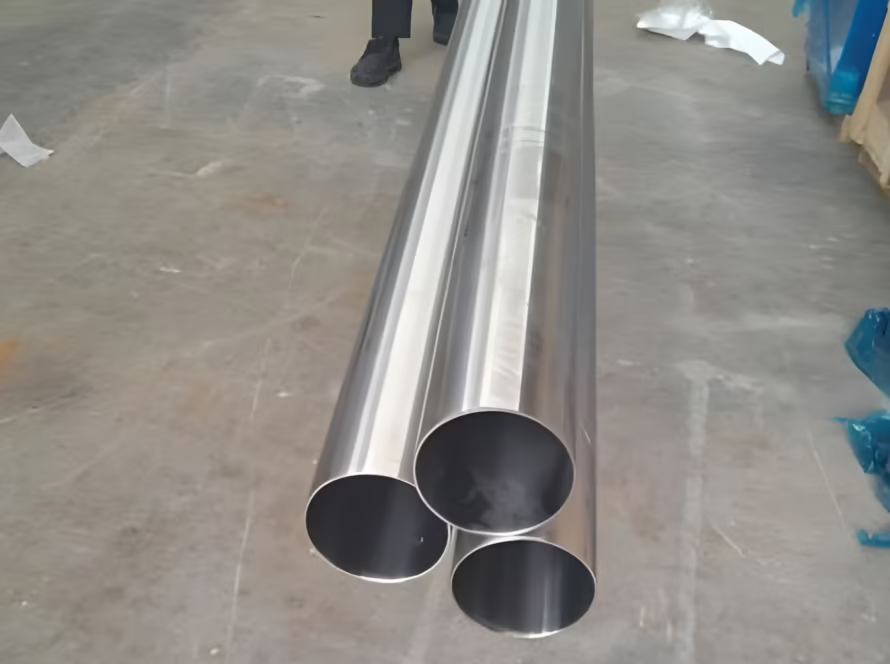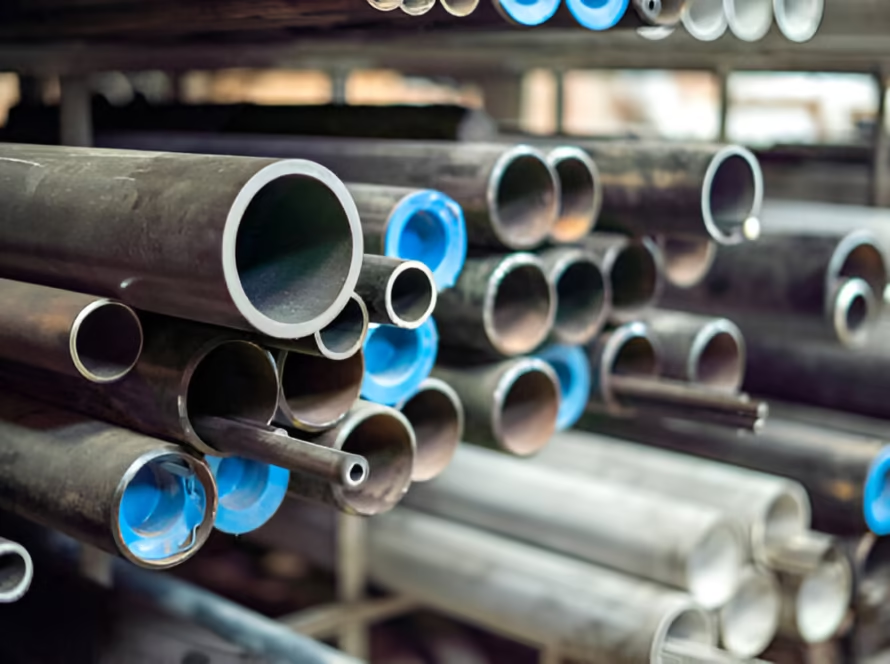The Advantages of Carbon Steel Pipes
Carbon steel pipes are a staple in various industries due to their strength, durability, and versatility. This article delves into the classifications, advantages, disadvantages, and applications of carbon steel pipes.
What are the Classifications of Carbon Steel Pipes?
Carbon steel pipes can be classified based on their carbon content, manufacturing process, and intended application. Here are the primary classifications:
-
Based on Carbon Content:
- Low Carbon Steel Pipes: Contain less than 0.3% carbon. They are known for their ductility and ease of welding.
- Medium Carbon Steel Pipes: Contain between 0.3% and 0.6% carbon. They offer a balance between strength and ductility.
- High Carbon Steel Pipes: Contain more than 0.6% carbon. These pipes are very strong but less ductile and more challenging to weld.
-
Based on Manufacturing Process:
- Seamless Carbon Steel Pipes: Made without a seam, offering higher pressure ratings and uniform strength.
- Welded Carbon Steel Pipes: Made by welding sheets of steel together, generally more cost-effective but with lower pressure ratings compared to seamless pipes.
-
Based on Application:
- Structural Carbon Steel Pipes: Used in construction and infrastructure projects.
- Pressure Carbon Steel Pipes: Designed to withstand high pressure, commonly used in oil and gas industries.
- Line Carbon Steel Pipes: Used for transporting fluids and gases.
What are the Advantages and Disadvantages of Carbon Steel Pipes?
Advantages:
- Strength and Durability: Carbon steel pipes are known for their high tensile strength and durability, making them suitable for high-pressure applications.
- Cost-Effective: Compared to other materials like stainless steel, carbon steel is more affordable, making it a cost-effective choice for many industries.
- Versatility: These pipes can be used in a wide range of applications, from construction to transportation of fluids.
- Recyclability: Carbon steel is highly recyclable, contributing to environmental sustainability.
- Thermal Conductivity: Excellent thermal conductivity makes carbon steel pipes ideal for heat exchangers and other thermal applications.
Disadvantages:
- Corrosion: Carbon steel is prone to rust and corrosion if not properly coated or maintained.
- Weight: Carbon steel pipes are heavier than some alternative materials, which can increase transportation and installation costs.
- Brittleness: High carbon content can make the pipes brittle, reducing their impact resistance.
In Which Fields Can We Apply Carbon Steel Pipes with Their Advantages?
Carbon steel pipes are utilized across various fields due to their unique advantages:
- Construction and Infrastructure:
- Advantages: High strength and durability make them ideal for structural applications, including building frameworks and bridges.
- Oil and Gas Industry:
- Advantages: High pressure and temperature resistance make them suitable for transporting oil, gas, and other fluids.
- Automotive Industry:
- Advantages: Cost-effectiveness and strength make them suitable for manufacturing automotive components like exhaust systems.
- HVAC Systems:
- Advantages: Excellent thermal conductivity makes them ideal for heat exchangers and other HVAC applications.
- Water and Sewage Systems:
- Advantages: Durability and strength make them suitable for long-term use in water and sewage pipelines.
Summary
Carbon steel pipes offer a blend of strength, durability, and cost-effectiveness, making them a preferred choice in various industries. While they do have some disadvantages, such as susceptibility to corrosion and weight, their advantages often outweigh these drawbacks. From construction to the oil and gas industry, carbon steel pipes continue to be an essential material, thanks to their versatility and performance.








2 Comments
galaxia31
What’s up to every body, it’s my first pay a visit of
this website; this weblog contains amazing and in fact good information in support of readers.
Steve King
Thank you for your compliments